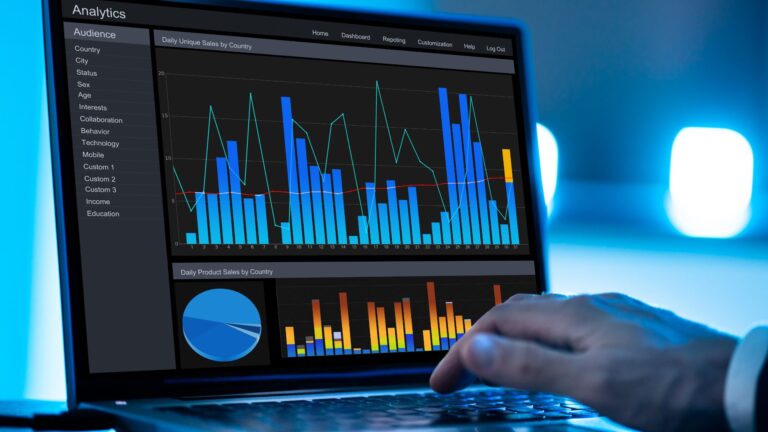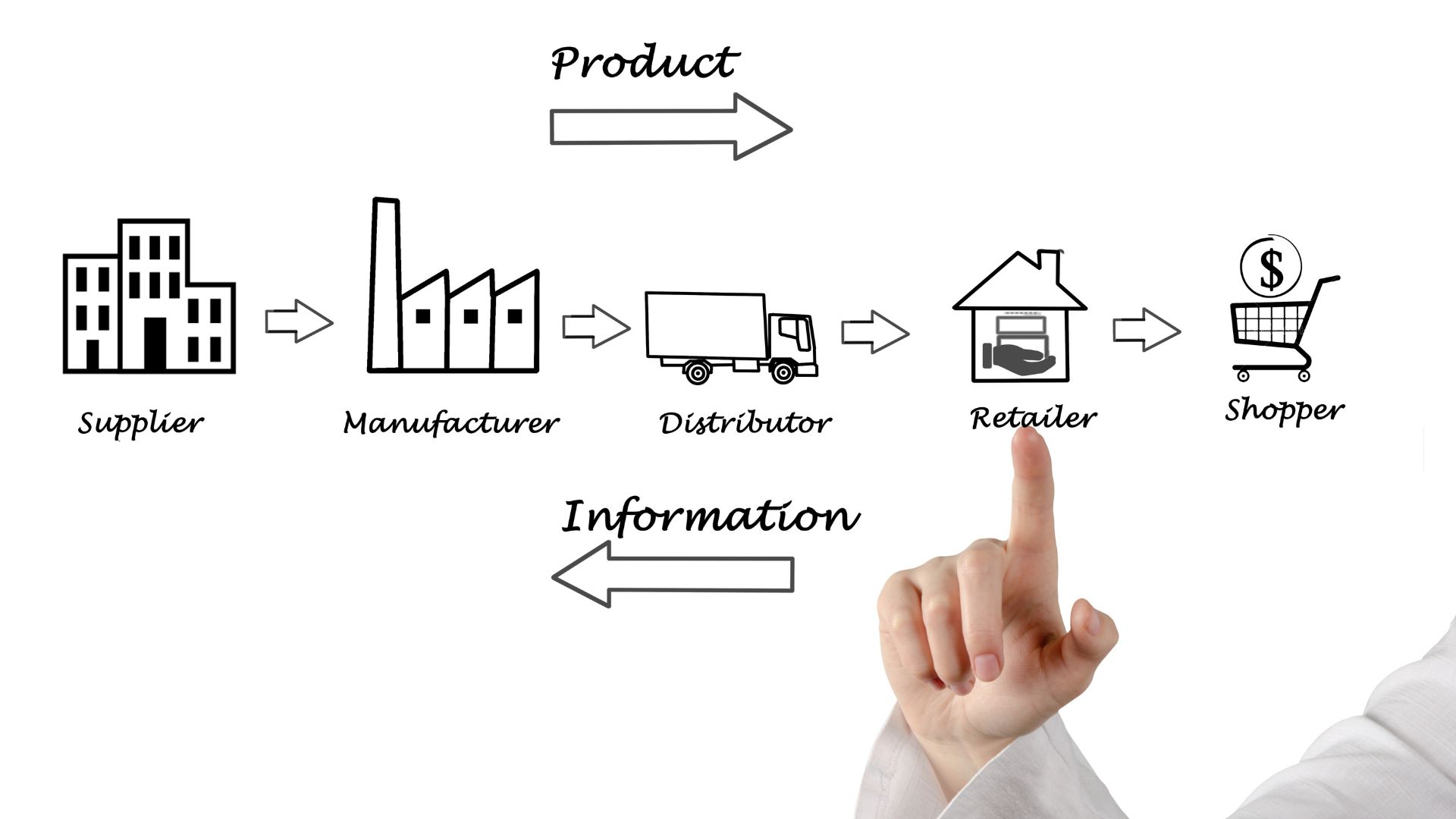In the day to day operation of a restaurant, there are few things more critical than anticipating how much is going to sell. This prediction affects everything from inventory to staff shifts. But despite its importance, many businesses still project revenue using static methods. A typical approach is to take an equivalent day’s income from the previous year and adjust it with an estimated +5% or +10%, depending on how much you’re planning to grow year over year.
This strategy works only if the environment is stable. But in the real world, the revenue of a restaurant or bar depends on: holidays, weather, seasonality, local events, etc.
What it means to make forecasts with predictive analytics and AI
Before entering the specific case, it is worth clarifying what is meant by predictive analytics in this context. It’s not just about using “smart” algorithms, but about structuring past data to project future behaviors in a probabilistic way.
Unlike traditional methods, predictive analytics is based on the principle that different variables can have different degrees of influence on revenue. In other words, a model not only considers what happened, but also what conditions existed when it happened.
For example, if you know that every time it’s raining on a Tuesday, sales drop 15%, that pattern isn’t captured with a fixed annual rule. But a machine learning model can learn it.
The goal is not to make an accurate prediction (that would be nearly impossible), but to build a system that systematically reduces the margin of error. The lower the error, the more you improve your operational efficiency.
Case study: Redesigning the revenue projection system
One of the clearest cases of application of these techniques was the redesign of the revenue forecasting system in a chain of multi-location restaurants. The previous approach, based on doubling the data of the same day of the previous year and adjusting it with expected growth, was insufficient.
The first step was to audit the current estimation system. This involved comparing historical predictions with actual revenues to identify where there were greater errors. The deviations were noticeable, especially in stores with high variability.
From there, a complete, automated process was designed to predict revenue with machine learning models, also integrating generative AI capabilities for the deployment of the system.
Phase 1: exploratory analysis of historical data
Daily revenue per store was analyzed, using temporal visualizations, histograms, and statistical metrics such as average revenue, standard deviation, and coefficient of variation. This allowed us to understand how stable or volatile the different premises were.
Cyclical patterns, atypical days, and recurring behaviors were identified. For example, certain stores had systematic declines on Mondays, others showed increases on Fridays due to proximity to neighborhood events.
This analysis not only served as a diagnosis, but also allowed to inform subsequent decisions on segmentation and modeling.
Phase 2: Segmentation by revenue behavior
We grouped stores using K-Means clustering techniques based on three dimensions: average daily income, variability (standard deviation), and relative volatility.
The result was four clusters of stores with statistically similar behaviors. This segmentation was essential. It made it possible to design specific models for each type of store, instead of a single general model.
It also helped prioritize efforts. If a store has stable revenue and low historical error, it does not require the same level of adjustment as a highly volatile store.
Phase 3: Evaluation of the current system vs. new models
Once the groups were defined, two types of models were trained:
- A general model for all stores
- Cluster models, customized according to the type of store
The models were trained with income time series and variables derived from calendar (day of the week, week of the year, seasonality). In the next phase, it is planned to incorporate exogenous variables such as events, weather or pedestrian traffic.
The performance of these models was evaluated against the traditional method. Mean absolute errors and percentage errors were compared by store. In most cases, machine learning models significantly reduced error.
This wasn’t just about improving numbers: a more accurate projection means better shift scheduling, less food waste, and less immobilized stock.
From Prediction to Operation: Building an Automated Flow
One of the keys to the project was not to leave prediction as an isolated analytical process. The team built an automated flow that integrates prediction with operating systems.
Every morning, the system generates predictions per store that are integrated into the planning system. This allows those responsible for each location to see accurate estimates of the day, updated with the latest available information.
In addition, the system was designed for learning. Every week it incorporates the new real data, adjusts the weights of the model and improves its predictive capacity.
This automation also includes reports generated with generative AI. Instead of just showing numbers, the reports provide explanations in natural language:
“An 8% increase in revenue today is estimated at Store X due to the start of school holidays in the area.”
This allows you to scale your analytical capacity without cluttering your operational team with complex charts or technical terms.
Generative AI as a communication layer, not a computational layer
In this case, generative AI was not used to build the predictive model itself (that task fell to traditional machine learning algorithms), but as an interaction layer.
Its value was in translating the results of the model into actionable, understandable, useful messages. And to do so without human intervention.
This is especially important in distributed operations. You can’t expect every store manager to understand a standard deviation. But they can make decisions based on a concrete and contextualized explanation.
This is one of the most effective and tangible uses of generative AI in advanced analytics processes: giving access to intelligence without requiring technical expertise.
What we achieved and what we didn’t
The redesign of the system made it possible to reduce the prediction error in most stores. But it also revealed challenges: stores with non-stationary patterns, lack of external variables in certain regions, and inconsistencies in data capture.
The most valuable thing was not the model itself, but the continuous improvement system that was implemented. There is no longer a reliance on fixed logic or intuition: each data cycle feeds the model, and every observed error becomes an opportunity for adjustment.
The team now has a clear map of where to adjust, which clusters require more attention, and what variables might explain the deviations.
Conclusion: Forecasting sales is no longer an estimating exercise
Implementing predictive analytics and AI in restaurants is not about looking for absolute accuracy, nor about replacing equipment. The knowledge that already exists in the data must be structured and turned into a reliable, adaptive, and scalable system.
This case shows that generic formulas can be left behind. They must be replaced by a more realistic, more specific, and above all, more useful prediction flow to operate.
You gain value by shifting from a model to a continuous process. Once you automate that process, it never stops. It learns, corrects itself, and becomes part of how you make decisions every day.




